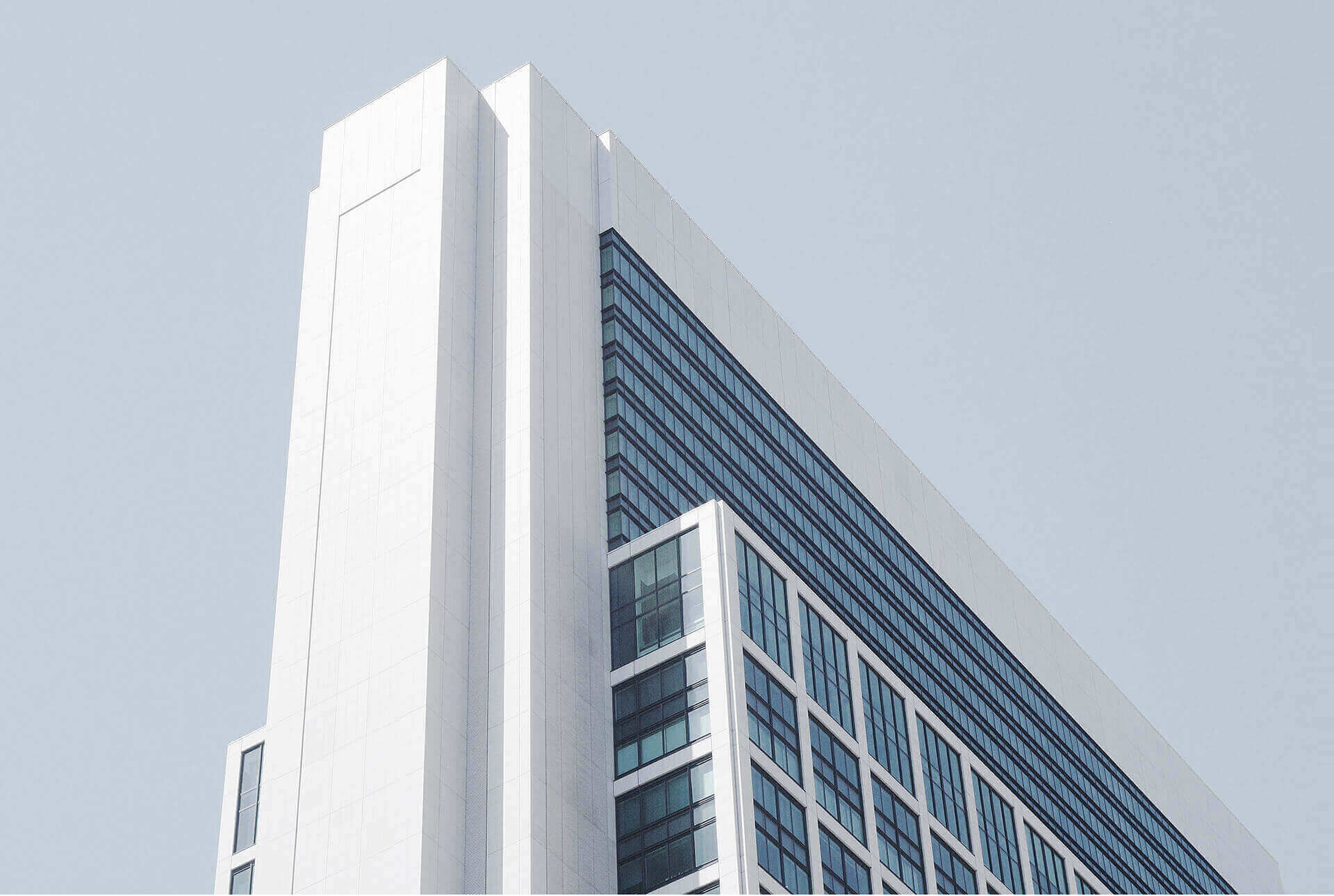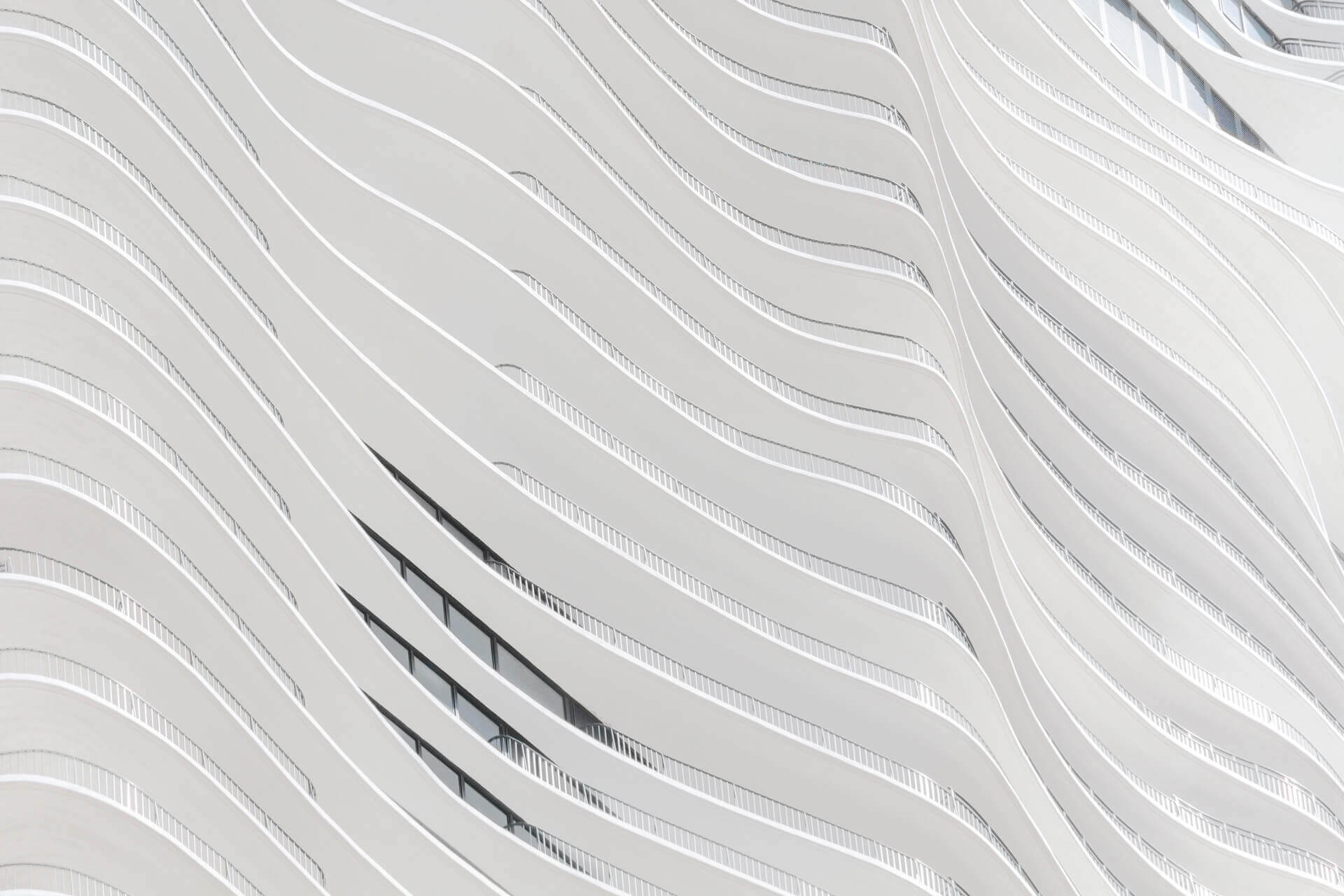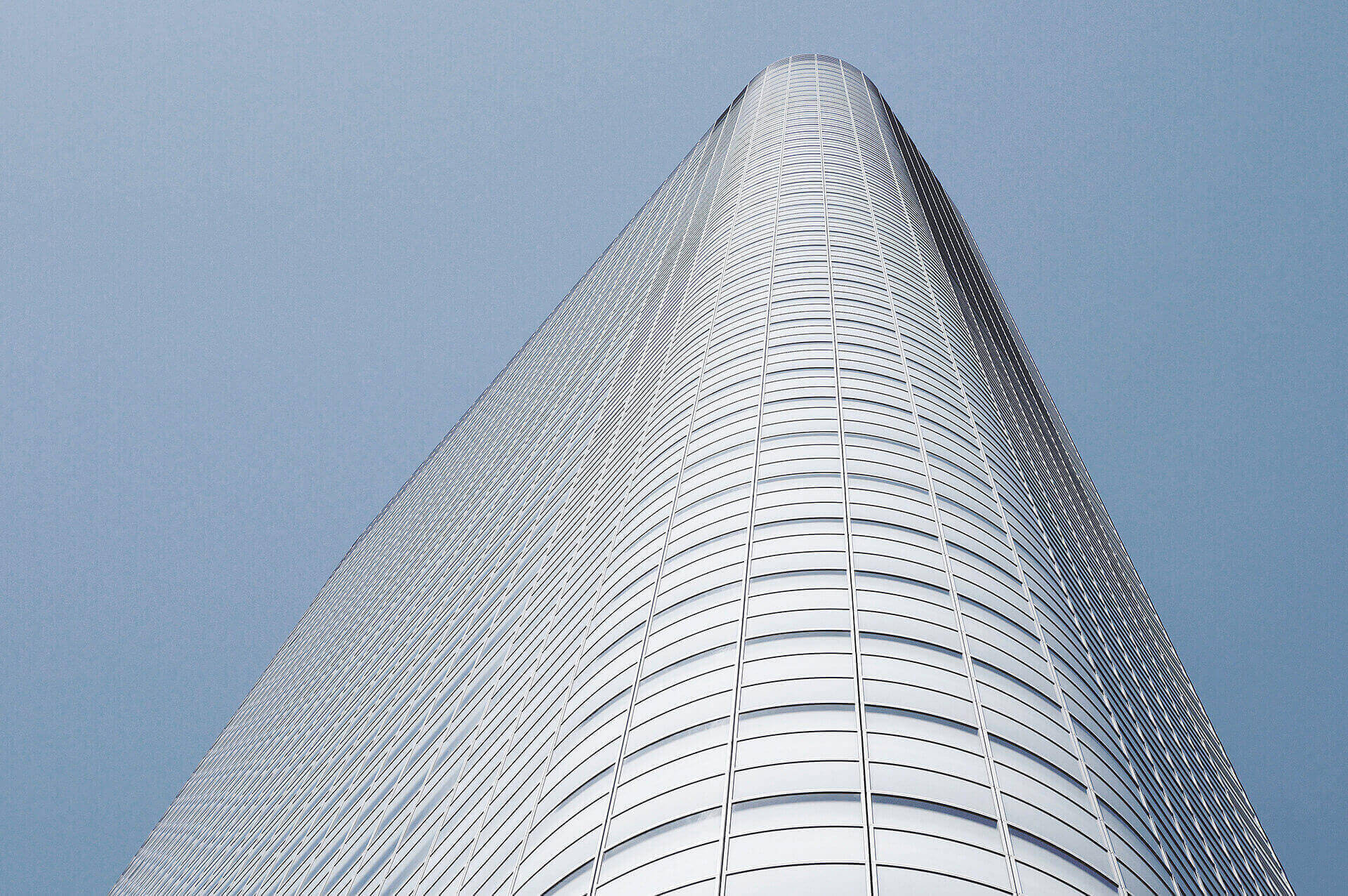One of Moscow Mayor Sergey Sobyanin’s pet projects is a multi-billion-dollar revamp of the “Soviet Versailles”: an enormous ensemble of extravagant, mainly Stalin-era pavilions, fountains and statuary in Moscow’s north-east. Sobyanin accompanied President Vladimir Putin last year on a visit to the site, known as VDNKh, to open a new oceanarium for 8,000 sea creatures, including killer whales.
The regeneration of the sprawling park-cum-exhibition space is one of several large regeneration projects under way in the city of 12 million as planners and officials put behind them the urban experiments.
The new approach is well funded, populist and in tune with a resurgent Russian nationalism, with some dubbing it “hipster Stalinism”. Its scale has led some to draw parallels with the transformation of Moscow into the imperial capital of the Soviet Union in the 1930s.
Most of the buildings at VDNKh, built as a paean to communism and visited by millions every year, are high Stalinist, and Sobyanin’s team is working to adapt their totalitarianism to modern Russia – creating some bizarre juxtapositions.
Near the new oceanarium is a huge, glass-domed building that once contained Soviet space rockets – but recently housed an exhibition of objects used in the opening ceremony of the 2014 Sochi Winter Olympics. In winter, paths are flooded to create Europe’s biggest ice rink. There is a new museum of bombastic nationalist history, and an aging Soviet Yakovlev Yak-42 plane was rigged up by a Moscow electronic musician last year to “play” her songs.
“Architecture shouldn’t be the hostage of the ideology that created it,” says Sergei Kuznetsov, Moscow’s chief architect. “During the Soviet Union’s twilight years, its collapse, and the emergence of the new Russia as an extreme rejection of everything linked to the Soviet Union was very popular… the Vandals took Rome and defiled even the holy places. But now people are sobering up: it’s not a time not to throw stones but to collect them.”
Another major part of Sobyanin’s regeneration of Moscow is a project called “My Street:” A $1.9bn (£1.5bn) programme to make the city more pedestrian-friendly. The hundreds of streets to be revamped include Moscow’s Garden Ring, a traffic-clogged eight-lane highway circling the city centre, and Tverskaya, Moscow’s main thoroughfare, which will both see their sidewalks widened and thousands of new trees. The changes will return Tverskaya to how it looked under the Soviet Union.
“If you want to make a Muscovite happy, plant a tree,” says Mikhail Alekseevsky, an anthropologist working for Strelka KB, the design bureau hired by the city to oversee “My Street”. Alekseevsky says the project was the most ambitious of its kind since Stalin ordered the bulldozing of large swathes of old Moscow and the construction of a new, Communist capital in the 1930s.
Moscow is also expanding its transport network, with 16 new metro stations expected to open this year and the relaunch of a 34-mile circular passenger railway. Dozens of municipal parks across the city have been revamped, and a huge abandoned site by Red Square in the heart of Moscow is due to be greened over.
“The mayor is concerned about his voters and wants to be loved by them,” says Grigory Revzin, a prominent architecture critic and partner at Strelka KB. “We are building the infrastructure of public spaces,” he says. “It is the infrastructure of a new economy.”




